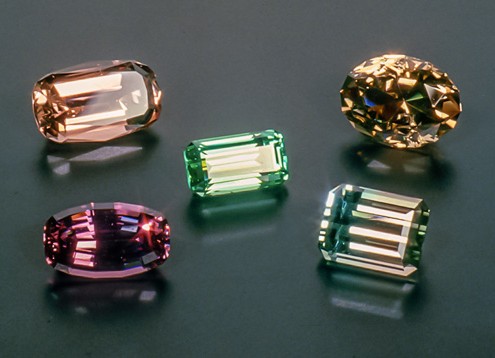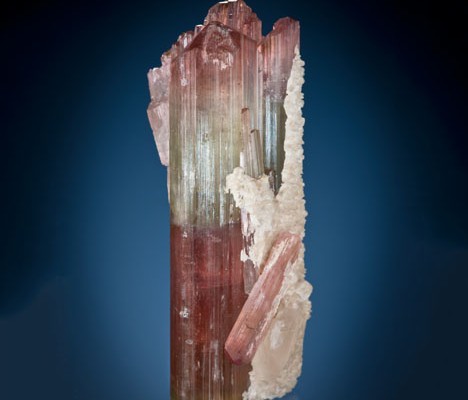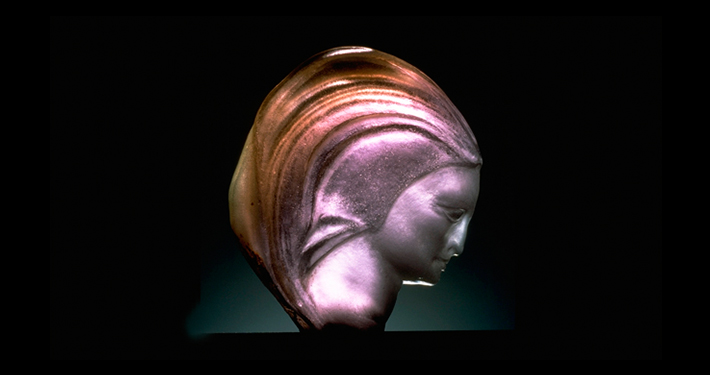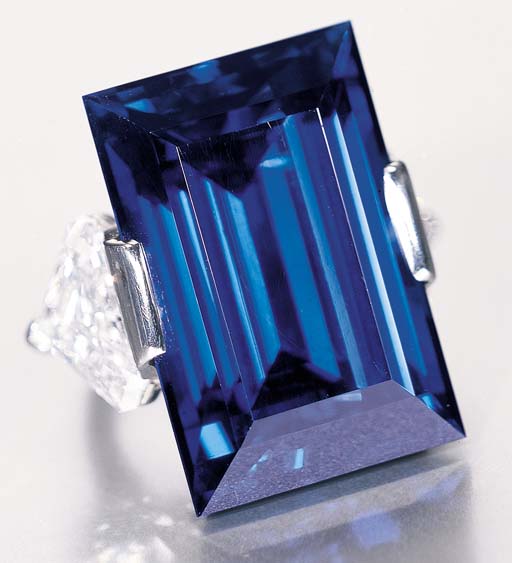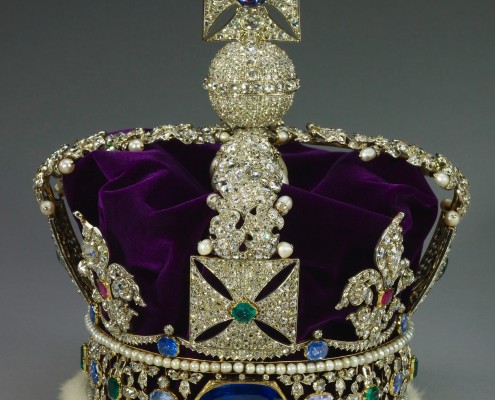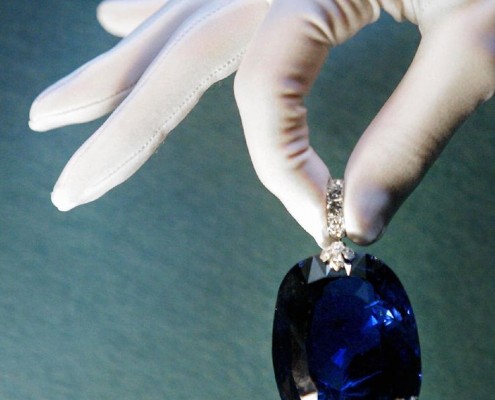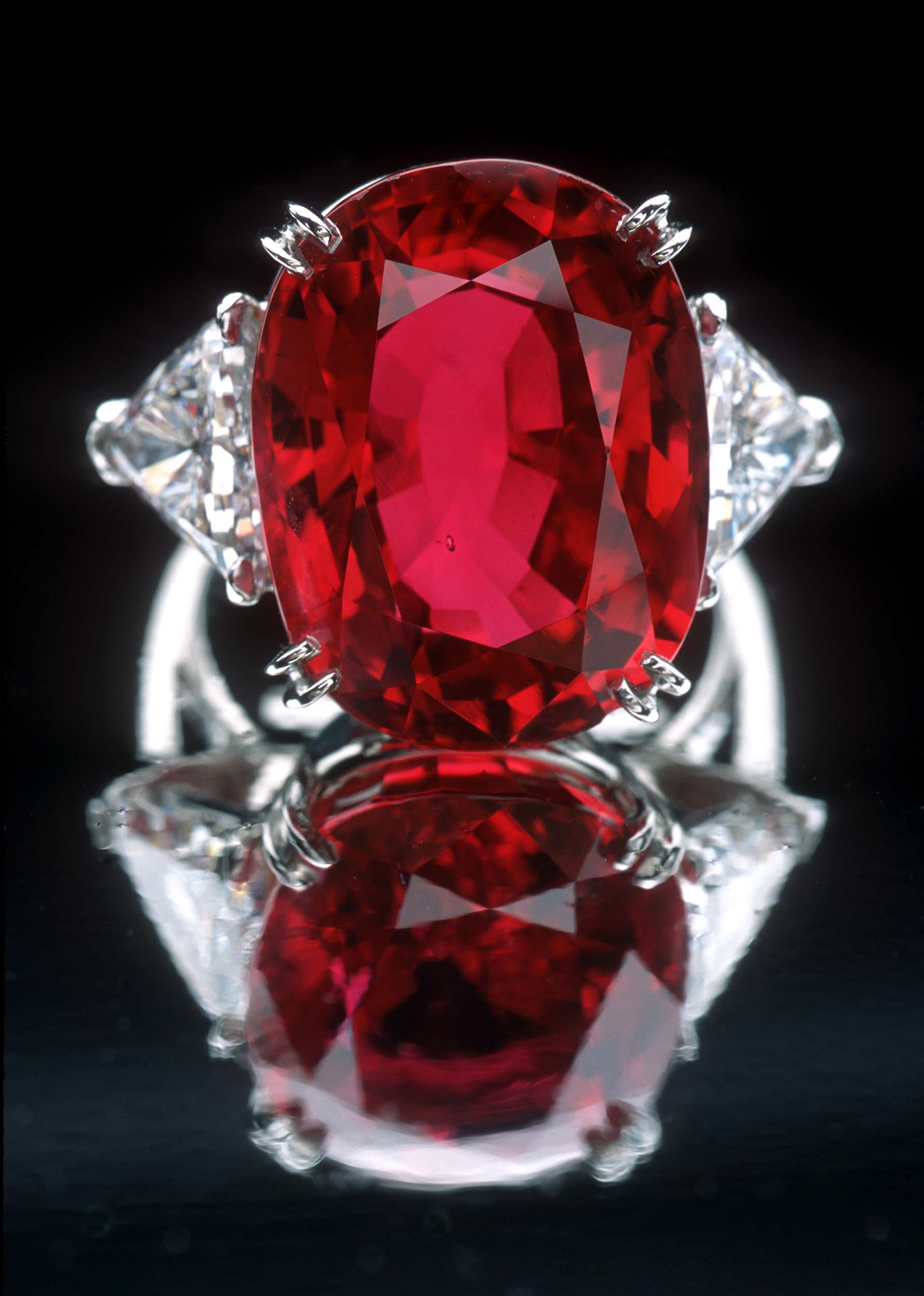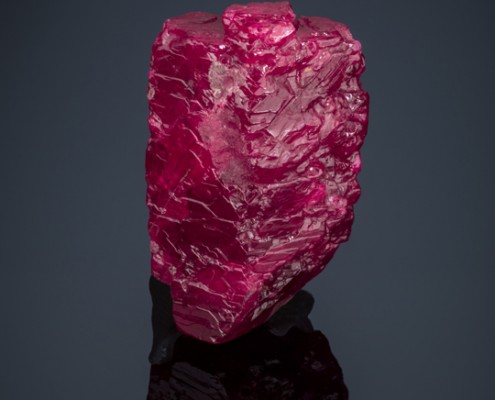Tourmaline are most known for displaying several colors within the same gemstone. Those of them with very clear color distinctions are highly prized stones. One more popular version of this is the watermelon tourmaline with bands of color resembling its name sake. As with other gemstones it is the impurities that give Tourmaline their color. Iron and Titanium cause green and blue coloring, manganese produces reds, pinks, and yellows.
Most Tourmaline are found in the Americas though there are deposits around the globe. The most notable mines are in Brazil, California, and Maine. Tourmaline were discovered in the 1500’s by Spanish conquistadors in the Americas but they were originally mistaken for emeralds. It was not until the 1800’s that Tourmaline were recognized as a distinct mineral species. Although tourmaline are touted as an America gemstone they were most popular in China until their economic collapse in 1912 which nearly whipped out the tourmaline market.
Tourmaline has some very interesting characteristics as a mineral, it is both Pyroelectric and Piezoelectric, meaning that it generates an electric current under heat and under pressure. Piezoelectric materials have been and are being experimented with as alternative energy sources to harness the energy of crowds of people moving about. One foot step can produce enough energy to power a pair of light bulbs for a couple seconds.
Here are a few beautiful Tourmaline for your enjoyment.

